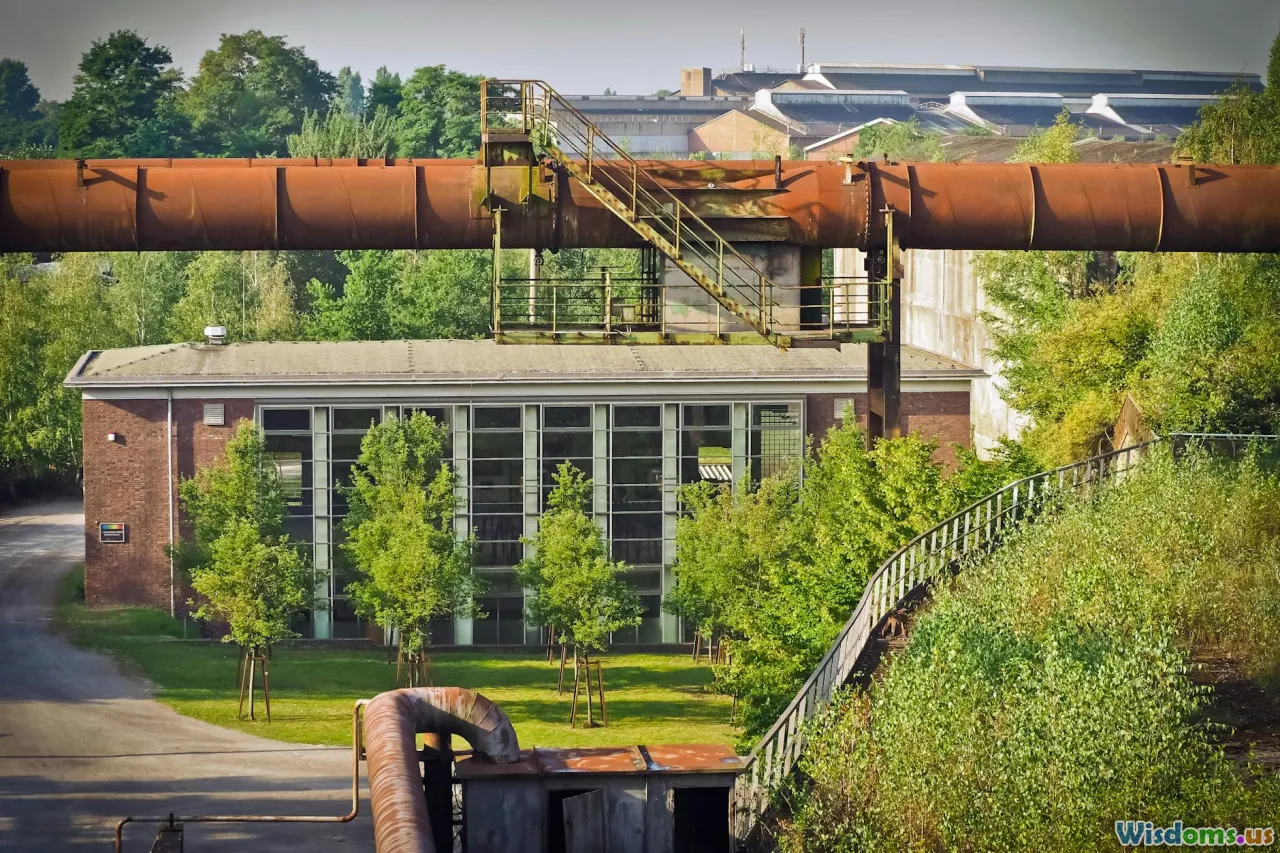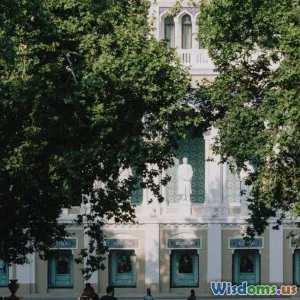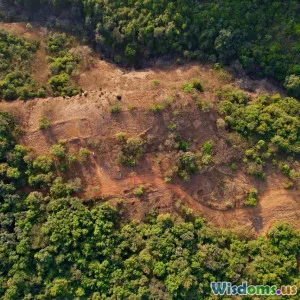
Revitalizing Urban Areas Through Nature
6 min read Explore how integrating nature into urban areas promotes sustainability and revitalizes communities. (0 Reviews)
Revitalizing Urban Areas Through Nature
In today’s rapidly urbanizing world, the balance between nature and urban development is more critical than ever. Cities, often viewed as concrete jungles, are expanding at an unprecedented rate, leaving less room for natural ecosystems to thrive. However, a growing movement towards revitalizing urban areas through nature is reshaping our understanding of sustainable development. By reintroducing green spaces, prioritizing eco-friendly design, and integrating nature into the urban fabric, cities around the globe are finding innovative ways to enhance the quality of life, combat climate change, and foster social cohesion.
The Urban-Nature Disconnect
Historically, urban planning focused on maximizing space for housing, transportation, and commercial activities, often at the expense of the natural environment. This led to the widespread removal of trees, draining of wetlands, and conversion of open land into impermeable surfaces. The result? Cities became more prone to issues such as flooding, urban heat islands, air pollution, and social isolation.
Moreover, the lack of green spaces in densely populated areas disproportionately affects low-income communities, where residents may have limited access to parks or natural retreats. This urban-nature disconnect contributes not only to environmental degradation but also to public health problems such as obesity, respiratory diseases, and mental health disorders.
The Benefits of Nature in Cities
Nature in urban settings offers a multitude of benefits that go far beyond aesthetics. Trees, parks, rivers, and green roofs are more than just pleasant additions; they play an integral role in creating healthier, more resilient cities.
Environmental Benefits
- Improved Air Quality: Trees and plants act as natural air filters by absorbing pollutants and releasing oxygen.
- Climate Regulation: Vegetation helps moderate temperatures, reducing the urban heat island effect.
- Stormwater Management: Green infrastructure allows rainwater to soak into the ground, reducing flood risk.
- Biodiversity Preservation: Urban green spaces serve as habitats and corridors for various species.
Social and Psychological Benefits
- Mental Health: Exposure to natural environments reduces stress, anxiety, and depression.
- Community Building: Parks and gardens encourage social interaction and community ownership.
- Educational Opportunities: Urban nature fosters environmental awareness and learning.
Economic Benefits
- Increased Property Values: Proximity to green spaces boosts real estate value.
- Job Creation: Urban greening projects generate jobs in environmental and landscape services.
- Tourism and Recreation: Attractive green areas draw visitors and stimulate local economies.
Global Initiatives and Success Stories
1. The High Line – New York City, USA
An abandoned elevated railway turned into a greenway with native plants and art, revitalizing the neighborhood and inspiring cities worldwide.
2. Cheonggyecheon Stream – Seoul, South Korea
A highway was removed to uncover a stream and create a public recreation space, improving air quality and urban biodiversity.
3. The Bosco Verticale – Milan, Italy
Residential towers with integrated greenery to reduce pollution and promote vertical biodiversity.
4. Singapore – The Garden City
From green rooftops to Gardens by the Bay, Singapore exemplifies how urban development and nature can coexist.
Strategies for Revitalizing Urban Areas Through Nature
1. Green Infrastructure Planning
Include green corridors, parks, and urban wetlands in city blueprints.
2. Community-Led Initiatives
Support local greening efforts like community gardens and tree planting.
3. Policy and Incentives
Governments can use tax incentives or zoning regulations to promote greenery.
4. Public-Private Partnerships
Collaborations between sectors help fund and manage green projects sustainably.
5. Education and Awareness
Teaching sustainability and nature appreciation encourages long-term change.
Challenges and Considerations
- Land Availability: Urban density makes space scarce.
- Maintenance Costs: Green spaces need upkeep and funding.
- Equitable Access: Ensure all communities have fair access to green areas.
- Climate Adaptability: Choose appropriate plants and solutions for local conditions.
The Future of Urban Nature
With the rise of climate-conscious urban planning, the idea of biophilic cities—designed with nature as a core element—is becoming mainstream. Technology also supports this shift through smart green infrastructure and environmental monitoring tools.
Conclusion
Revitalizing urban areas through nature is not just a trend—it is a necessity. By embracing green infrastructure, fostering community involvement, and rethinking how we build and live in cities, we can create healthier, more resilient, and more inclusive urban environments.
The journey toward greener cities is not without its challenges, but the rewards are profound: cleaner air, stronger communities, thriving ecosystems, and a better quality of life for all. In reimagining our cities with nature at the core, we are not only healing the environment but also restoring the soul of urban life.
Rate the Post
User Reviews
Popular Posts





















